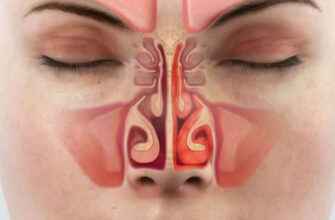Type 2 diabetes, also known as adult-onset diabetes, is a chronic metabolic disorder characterized by high blood sugar levels. It affects millions of people worldwide and is one of the leading causes of death and disability. In this article, we will explore the causes, symptoms, and treatment options for type 2 diabetes.
Causes of Type 2 Diabetes
Type 2 diabetes is caused by a combination of genetic and environmental factors. Some of the risk factors include obesity, a sedentary lifestyle, high blood pressure, high cholesterol levels, and a family history of diabetes. Insulin resistance, where the body’s cells become resistant to the hormone insulin, is a primary cause of type 2 diabetes.
Symptoms of Type 2 Diabetes
The symptoms of type 2 diabetes may include frequent urination, increased thirst, hunger, blurred vision, fatigue, slow healing of wounds, and tingling or numbness in the hands and feet. However, some people with type 2 diabetes may not experience any symptoms, making early detection and diagnosis critical.
Diagnosis of Type 2 Diabetes
Diagnosis of type 2 diabetes is typically done through a blood test that measures blood sugar levels. A fasting blood sugar test or an oral glucose tolerance test may be done to confirm the diagnosis. Other tests, such as a hemoglobin A1C test, may be used to monitor blood sugar levels over time.
Treatment Options for Type 2 Diabetes
The primary treatment for type 2 diabetes is lifestyle changes, including a healthy diet, regular exercise, and weight loss. Medications, such as metformin, sulfonylureas, and insulin, may also be prescribed to lower blood sugar levels. In some cases, bariatric surgery may be recommended for people with severe obesity and type 2 diabetes.
Preventing Type 2 Diabetes
Prevention of type 2 diabetes involves making lifestyle changes, such as eating a healthy diet, maintaining a healthy weight, exercising regularly, and quitting smoking. Regular health screenings can also help detect early signs of diabetes and other health problems.
Complications of Type 2 Diabetes
Untreated or poorly managed type 2 diabetes can lead to a range of complications, including nerve damage, kidney damage, eye damage, heart disease, and stroke. Regular monitoring and management of blood sugar levels can help prevent or delay these complications.
Managing Type 2 Diabetes
Managing type 2 diabetes involves regular monitoring of blood sugar levels, adhering to a healthy diet and exercise plan, taking medications as prescribed, and managing other health conditions, such as high blood pressure and high cholesterol levels. Regular check-ups with a healthcare provider are also important to monitor for complications.
Support for People with Type 2 Diabetes
Living with type 2 diabetes can be challenging, and many people may experience anxiety, depression, or feelings of isolation. Support groups, counseling, and educational resources can provide valuable support and information for people living with diabetes and their families.
Conclusion
Type 2 diabetes is a chronic condition that requires ongoing management. By making lifestyle changes, monitoring blood sugar levels, and working closely with a healthcare provider, individuals with type 2 diabetes can effectively manage the disease and reduce the risk of complications.











